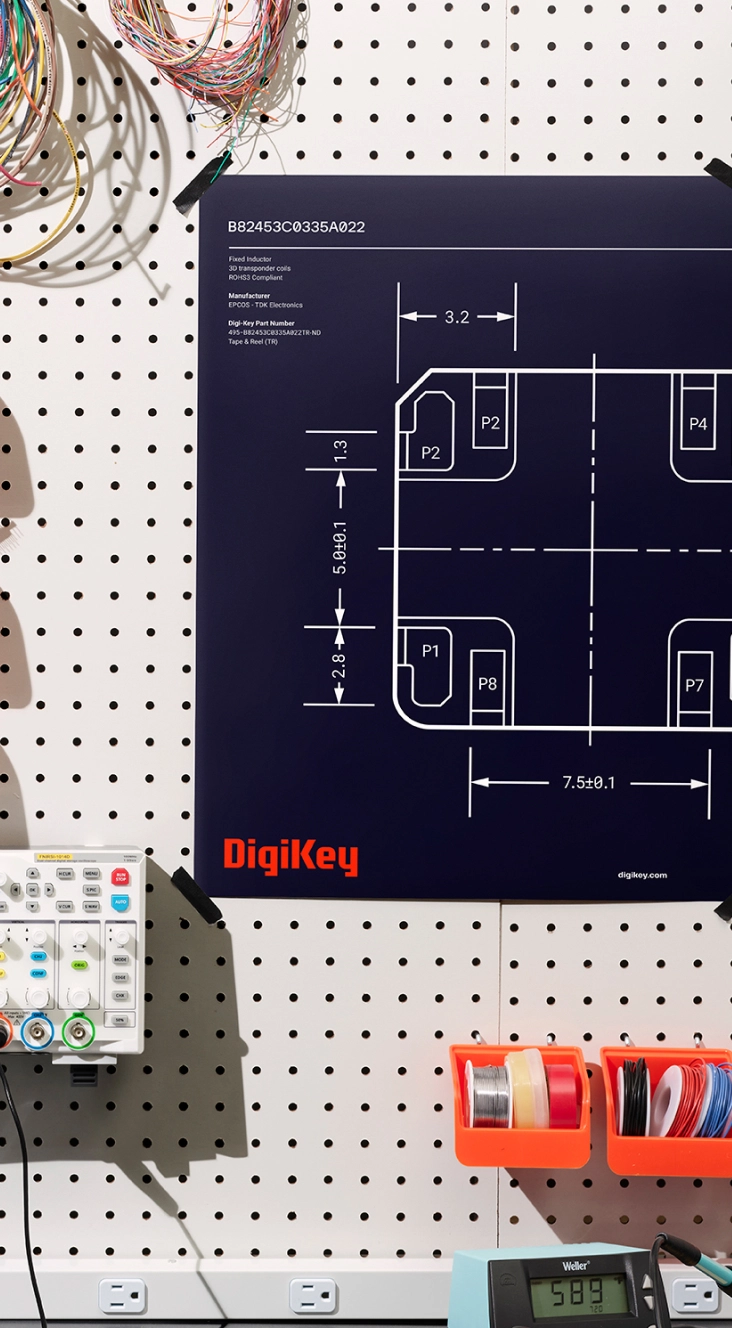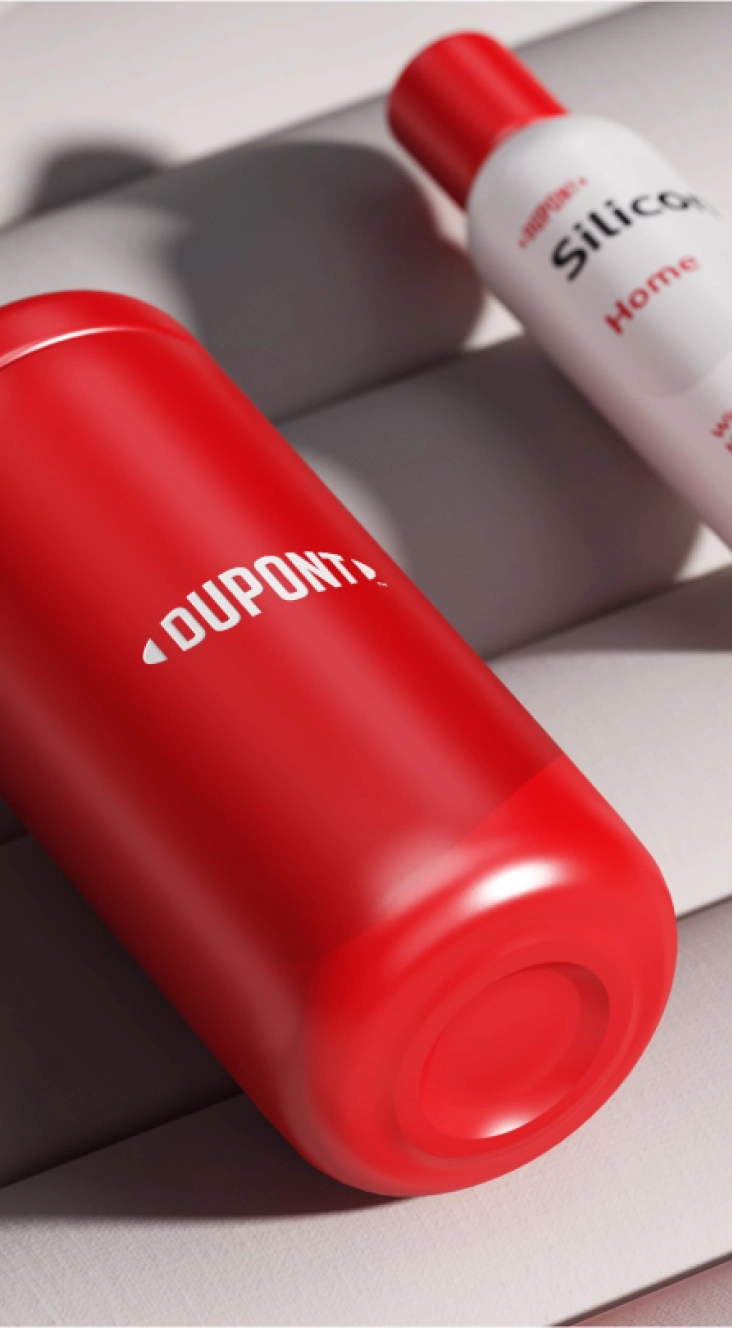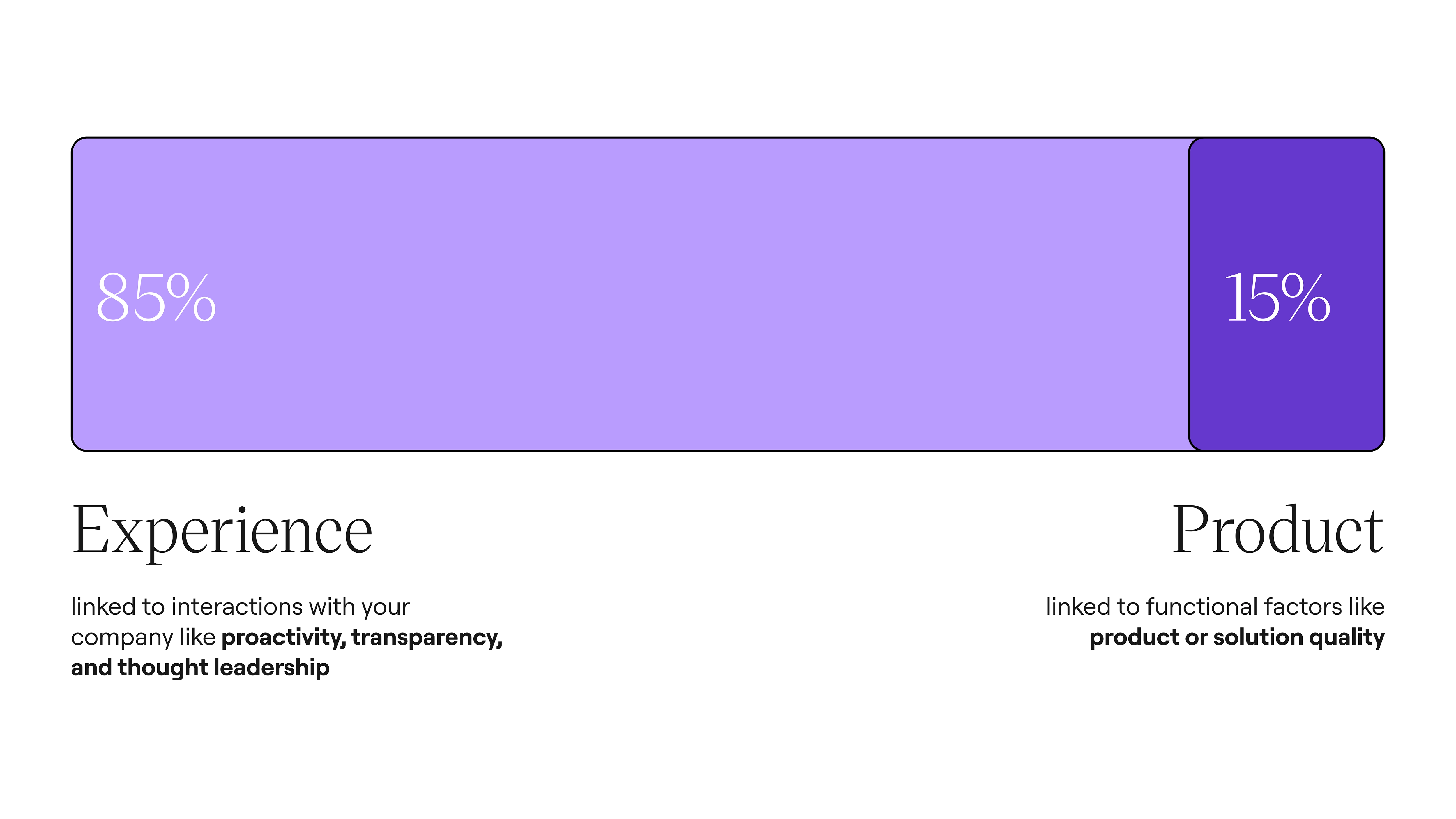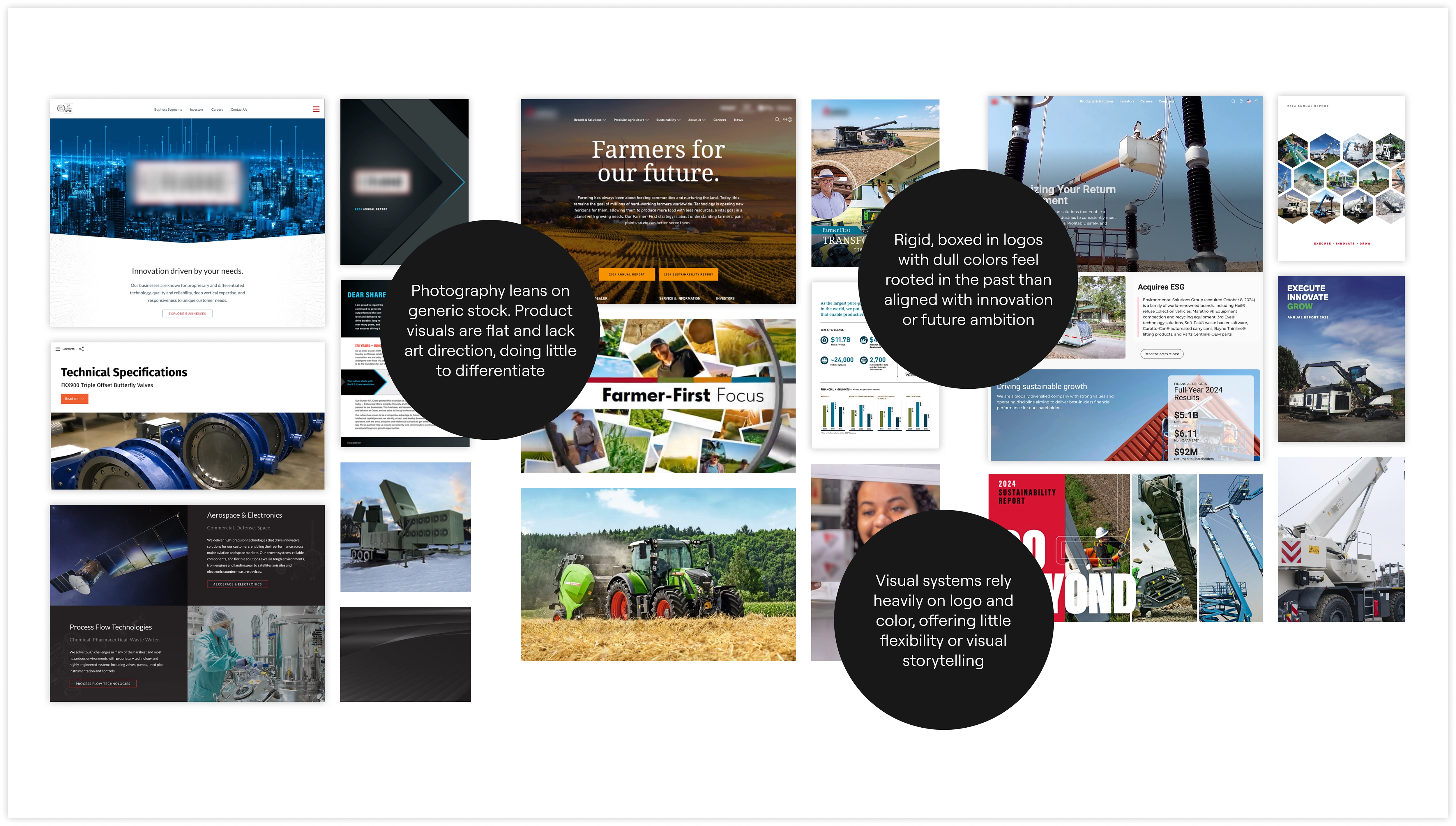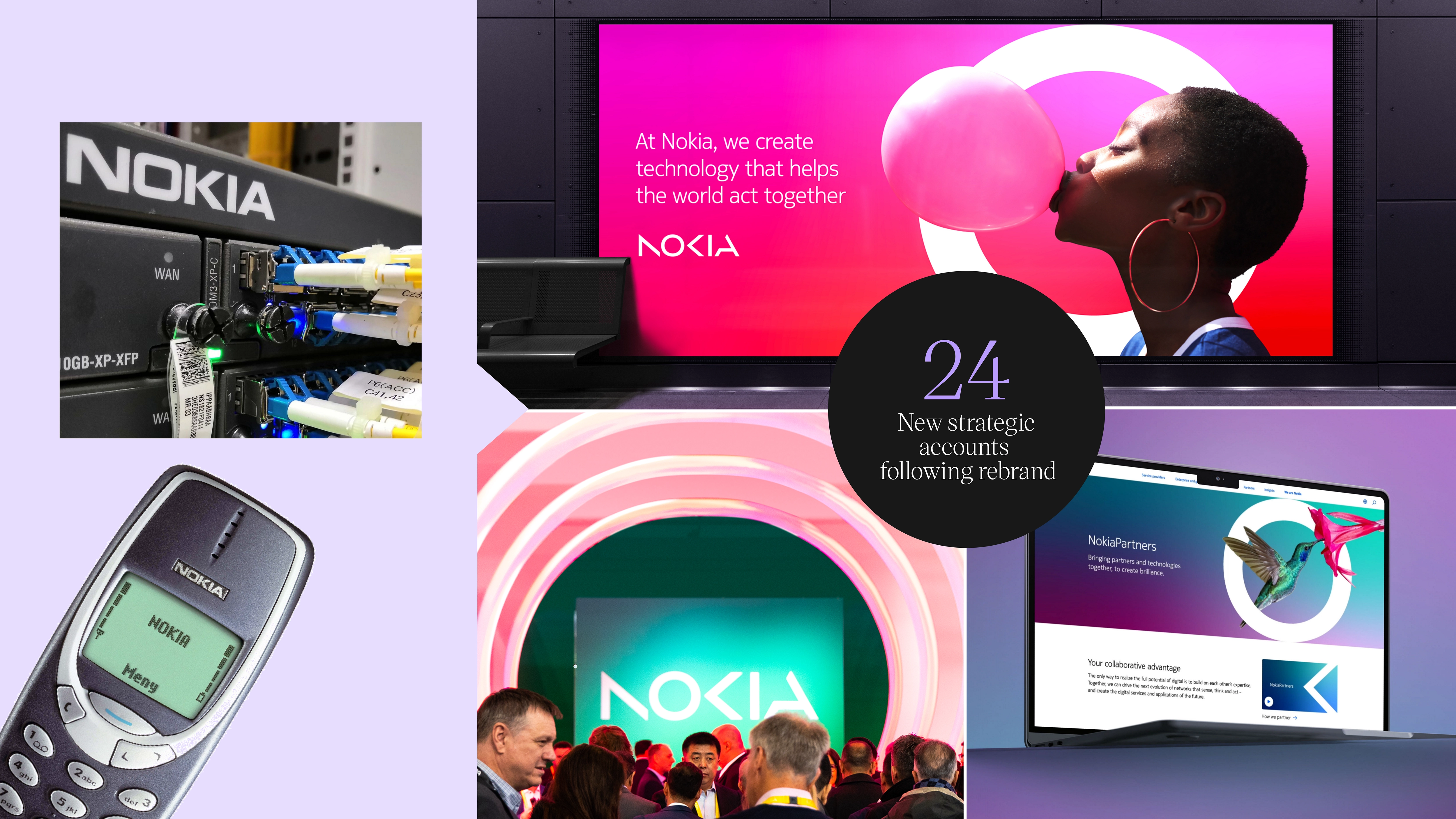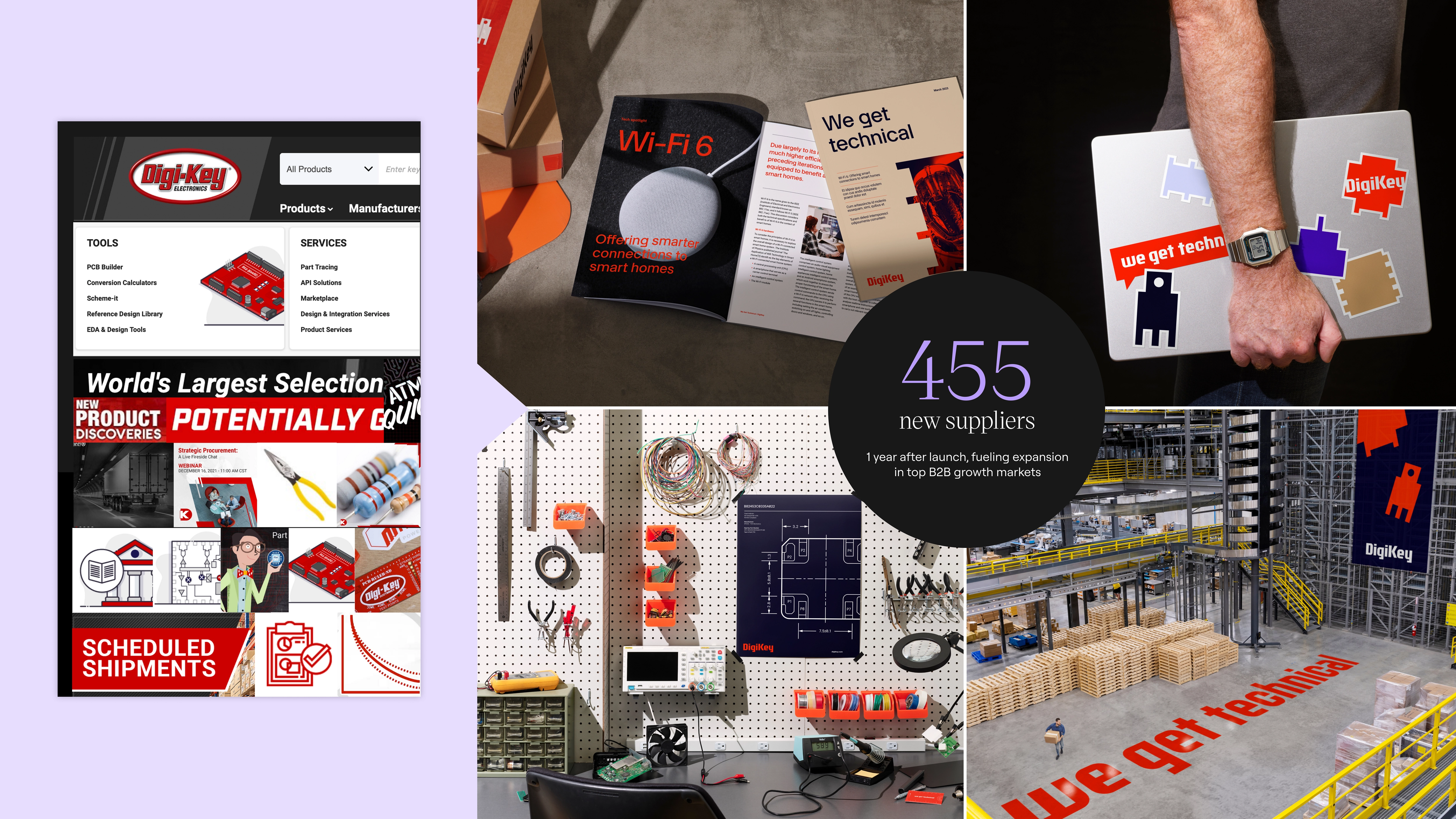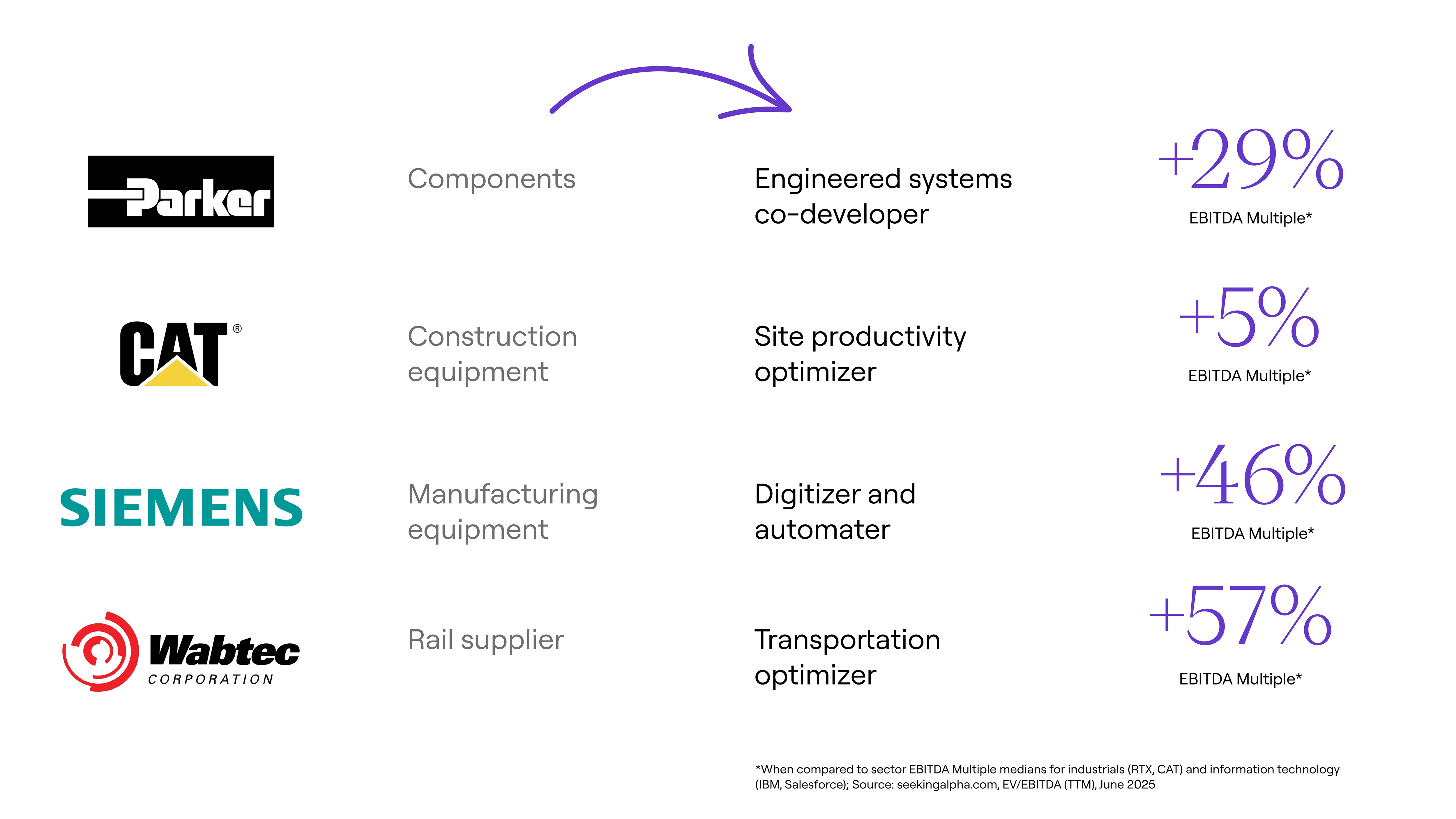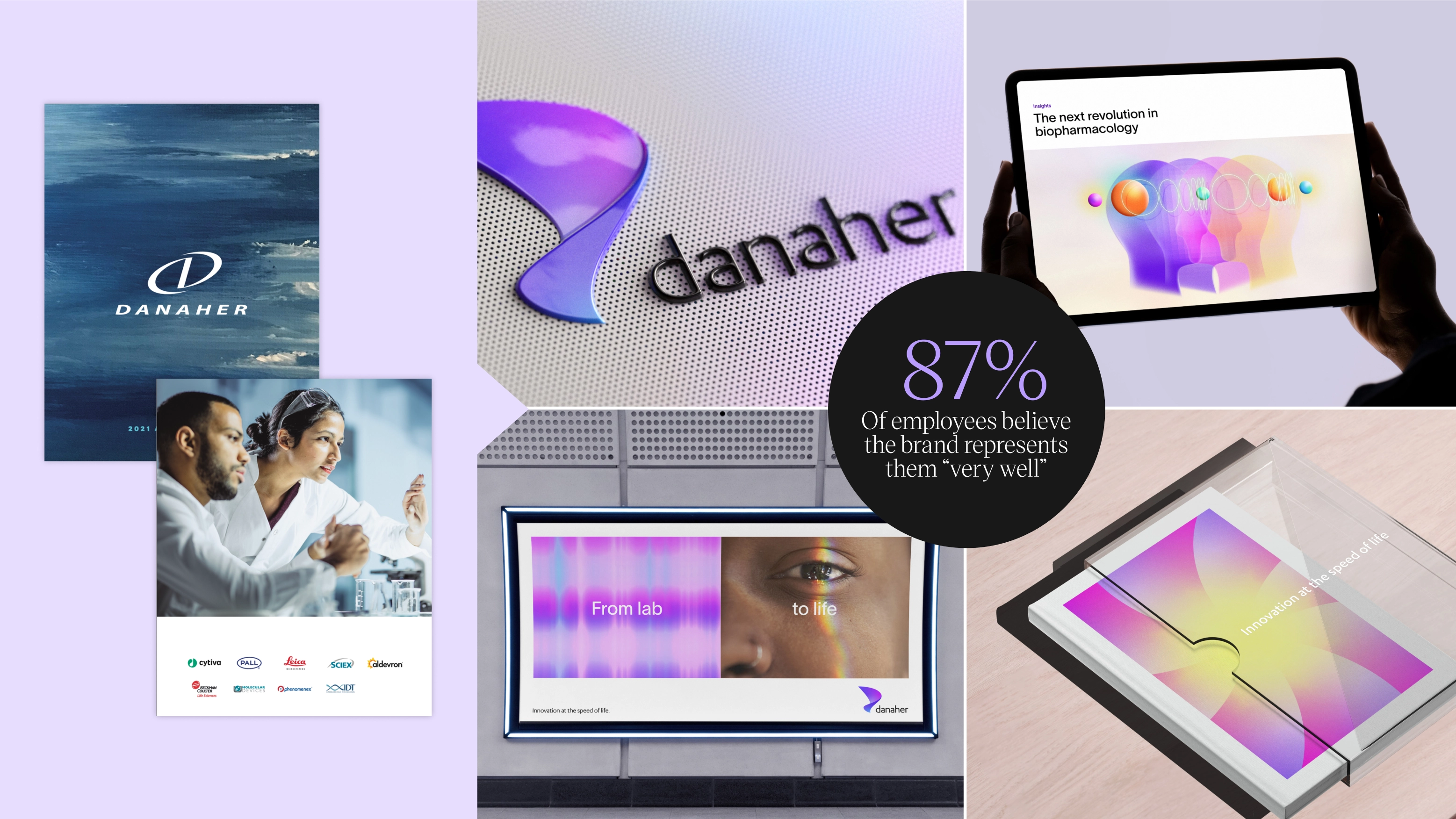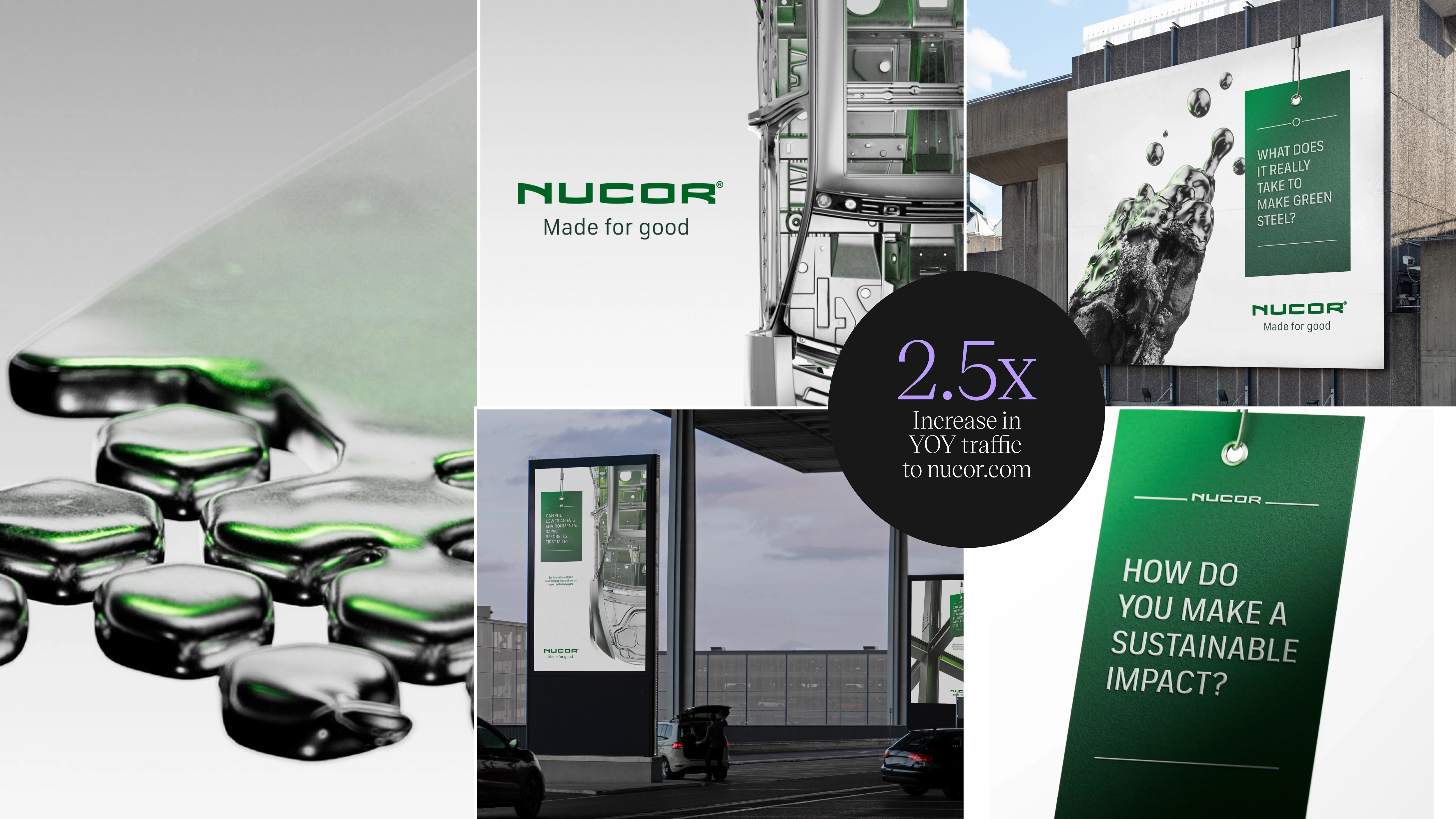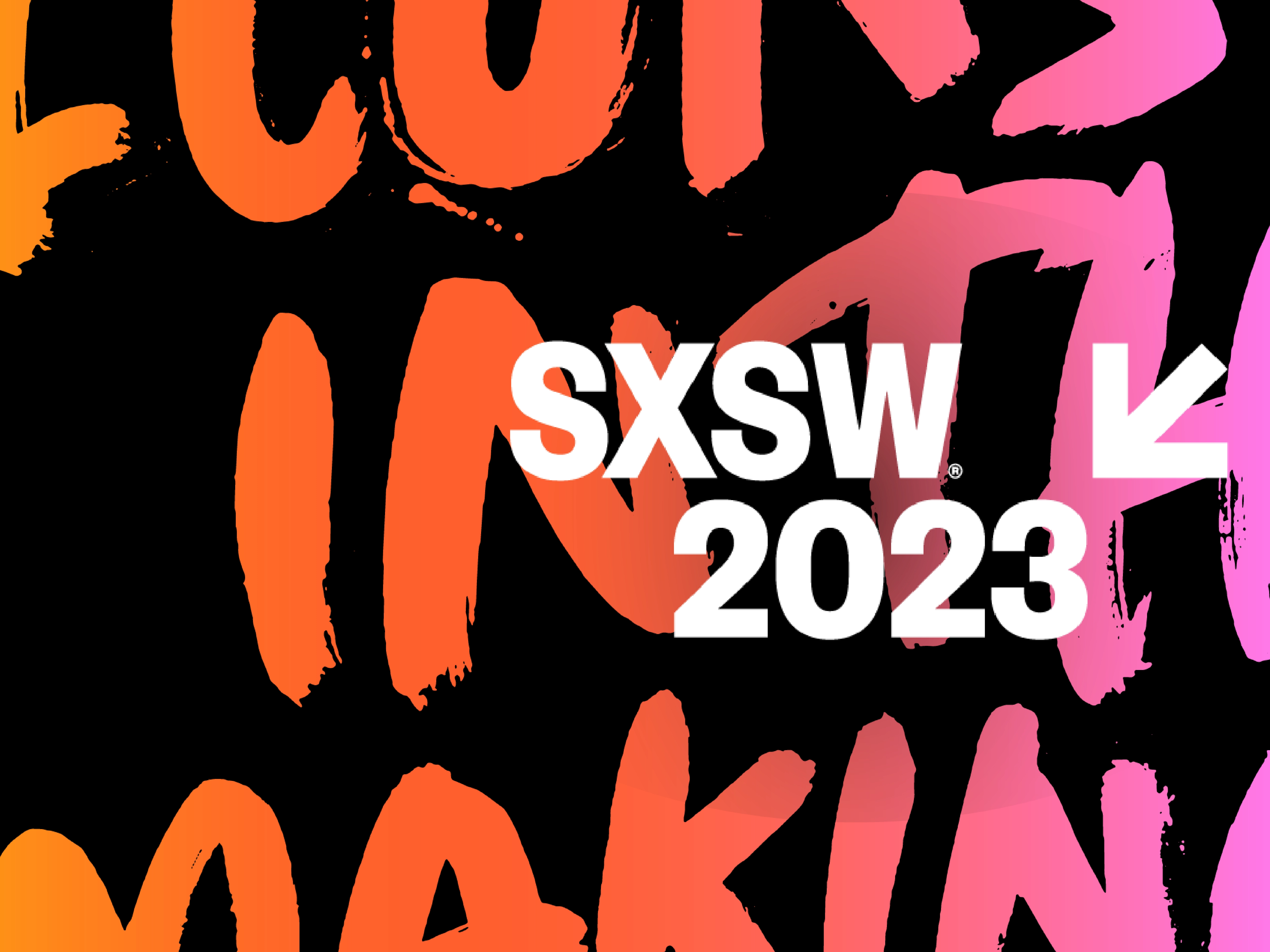Looking Vertically
Manufacturing brand-powered growth

There’s a tremendous untapped opportunity for industrial brands. As global supply chains grow increasingly elaborate, sustainability demands intensify, and technologies like AI and IoT rapidly transform business models, industrial buyers are looking for expert partners, not just suppliers. While product quality and competitive pricing remain essential table stakes, along with support services, turnkey solutions, and innovation, the latest data points to an even more transformational difference-maker: brand.
It's traditionally overlooked in the sector. Manufacturers pitch products rather than build partnerships, and C-suite decisions are guided by engineering and finance to the exclusion of marketing. But today’s industrial leaders are leveraging brand to reimagine the way that value is created and delivered.
Below, we explore the drivers of today’s brand opportunity and present five shifts gleaned from our research that can help leaders move beyond outdated commodity mindsets and capitalize on the next frontier for growth.
Supply chain risks and unpredictable trade relationships require reassurance, resilience, and proactive problem solving. New sustainability regulations, increasing energy demands, and worrisome energy scarcity present new requirements and purchasing criteria. Not to mention, more stringent safety regulations, complex legal liability exposure, and increasing expectations for resilience and redundancy mean the risks of having a bad partner have never been higher. And AI and advanced IoT technology are transforming entire industries, opening up new possibilities for value creation—if you have a partner who can help unlock them.
It should be no surprise, then, that statistical analysis reveals partnership metrics like vendor expertise, responsiveness, and even “hope” drive customer loyalty more than functional metrics like cost.
Despite these evolutions in customer needs, when researchers compared manufacturer investments to customer priorities, a striking mismatch emerged—the vast majority of investment still went to product optimization. While product performance is of course crucial for customers, “73% of their decisions are based on non-product, non-price factors like trust, responsiveness, ease of doing business, and alignment with business needs.”
There’s ample evidence that the big opportunity for industrials is to deliver a better overall customer experience, not incremental product optimization. A 2024 research report analyzing industrial purchase decision drivers found that 85% were related to experience.
Brand is not an abstract advantage. A strong brand that positions a company around an experience rather than a product can increase customer spend, engender good will with government and regulators, align and energize employees, provide a strong narrative to investors that unlocks billions of dollars in market cap, and even drive a 5-10% increase in price premiums.
Yet the brand opportunity becomes a challenge for organizations where engineering and finance dominate the C-suite, and sales serves as the external face of the business. Marketing, long assumed to be the domain of consumer companies, is overlooked, and branding dismissed as a superficial wrapper rather than a core driver of value. Nowhere is this more evident than the sea of sameness in industrial design.
If companies want stand-out results, they need to stand out from the pack. When your brand signals sameness, expect to be treated accordingly. The reality of rapidly evolving customer requirements is that a distinctive brand is more important than ever. What’s needed is a mindset and a skillset shift: from product providers to indispensable partners, from feature improvements to outcomes innovation, from bundling products to owning the total customer experience. Turning these findings into action takes work.
We outline five shifts that can unlock the untapped value of brand, along with five companies whose work illustrates the shifts in action.
Industrial companies need to move beyond thinking of brand as simply visual identifiers to viewing it as a strategic north star. It’s how you show up every day for customers. It guides how you set priorities, allocate resources, energize employees, and secure investors.
Nokia made this shift when they sought to secure more comprehensive global technology accounts by optimizing not only for the technical interactions but also for the human-to-machine interfaces. Their legacy associations (as simply a maker of mobile phones and telco equipment) were holding them back in realizing their strategy. But a comprehensive rebrand grounded in collaborative experience repositioned Nokia as the partner to call for digital solutions that integrate seamlessly – “technology that helps the world act together.” A visual and experience design refresh reinvigorated their business for the next era of tech and soon led to two dozen new strategic accounts.
When you ask your customers what your company stands for, do they give you a consistent answer? If not, what would you hope to be known for, and how can brand be the bridge to get there?
The research is clear: B2B purchase decisions are a lot less rational than many people think, and optimizing for specs is table-stakes. Growth accelerates once you realize you’re selling to individual people—people motivated by a constellation of subconscious emotions, perceptions, personal preferences, and a gut assessment of their expected experience. In this reality, brand drives decisions.
DigiKey repositioned around these human priorities. They aspired to expand beyond their offerings to become a B2B powerhouse but were seen as a small-time electronics supplier, nothing more than an online electronics component marketplace. A rebrand expanded their reputation, positioning them as a partner in solving complex B2B challenges. The new brand idea focused on “accelerating progress” reoriented their business, and opened a whole new world of supplier relationships.
Can you describe your business in terms of the progress you enable for your customers? How can you elevate that progress in your brand expression?
If industrial companies want investors to recommend and buy stock, they need a bigger story. Brand is the touchstone for a compelling investor narrative that communicates a unique vision for the future, differentiates from competitors, and insulates against turbulent market dynamics. A strong brand signals a distinctive, durable advantage rooted in experience, not just product performance.
Why is this important? Because experience commands a far higher EBITDA multiple than stuff sold and unlocks billions of dollars in incremental market cap.
A good test is: Does your stock price absorb commodity market swings better than your peers? If not, how can you elevate your brand in the minds of investors by shifting to an experience-led positioning?
A well-articulated and activated brand not only makes employees feel part of something bigger, but it can also drive productivity and motivate high achievement. It provides a why for employees to embrace, giving their work a greater sense of purpose, their expectations greater clarity, the workplace a spirit of community, and the collective enterprise a sense of meaning.
When Danaher, a leading global life sciences and diagnostics innovator, spun off its Environmental & Applied Solutions business, it needed to turn the remaining company into a source of inspiration for employees. An impact-driven brand idea unified its 65,000 employees around a common goal to drive breakthroughs and provided a motivating reason for employees to work together— “innovating at the speed of life”—signaling Danaher’s, and its employees’, purpose as an accelerator of life science and diagnostic innovations that positively impact billions of lives around the world.
Can your employees state what your company stands for, how they deliver that promise, and what that means for their role?
Most marketing departments measure their brand awareness, associations, and favorability. But for brand to truly drive results, it needs to live beyond the marketing department and be actively discussed in the C-suite—managed, measured, and optimized so that “brand performance” becomes a primary tool to activate enterprise strategy. For that to happen, brand strategy must be linked to commercial priorities and brand’s contribution to financial outcomes quantified.
Nucor, America’s largest steel manufacturer, made this shift when they moved from tracking brand by standard metrics like Net Promoter Score to rigorously measuring brand impact across multiple audiences, uncovering what specifically drives consideration and prioritizing areas for improvement. Actively managing the brand’s contribution to prioritized outcomes, powerfully enhanced leadership’s ability to define and execute a winning strategy. Marketing, historically a secondary consideration to Sales, became a paramount consideration and capability.
Today, do you link brand measurement to business impact and identify what perceptions drive buyer preference? What metrics are required to make brand a C-suite priority?
Ultimately, what these case studies have in common, from Nucor to Nokia, Danaher to Digikey, is simple: they’re companies that unleashed the power of brand by telling a compelling story about the distinctive way they create value, engineering better experiences (not just better features), and learning how to measure and manage their brands as the powerful business assets they are.
For any industrial firm trapped in the strictures of price-based competition, there’s tremendous opportunity to reap the measurable rewards of developing a better brand, break out of the “sea of same” to become—for customers, investors, and employees alike—truly one of a kind.


